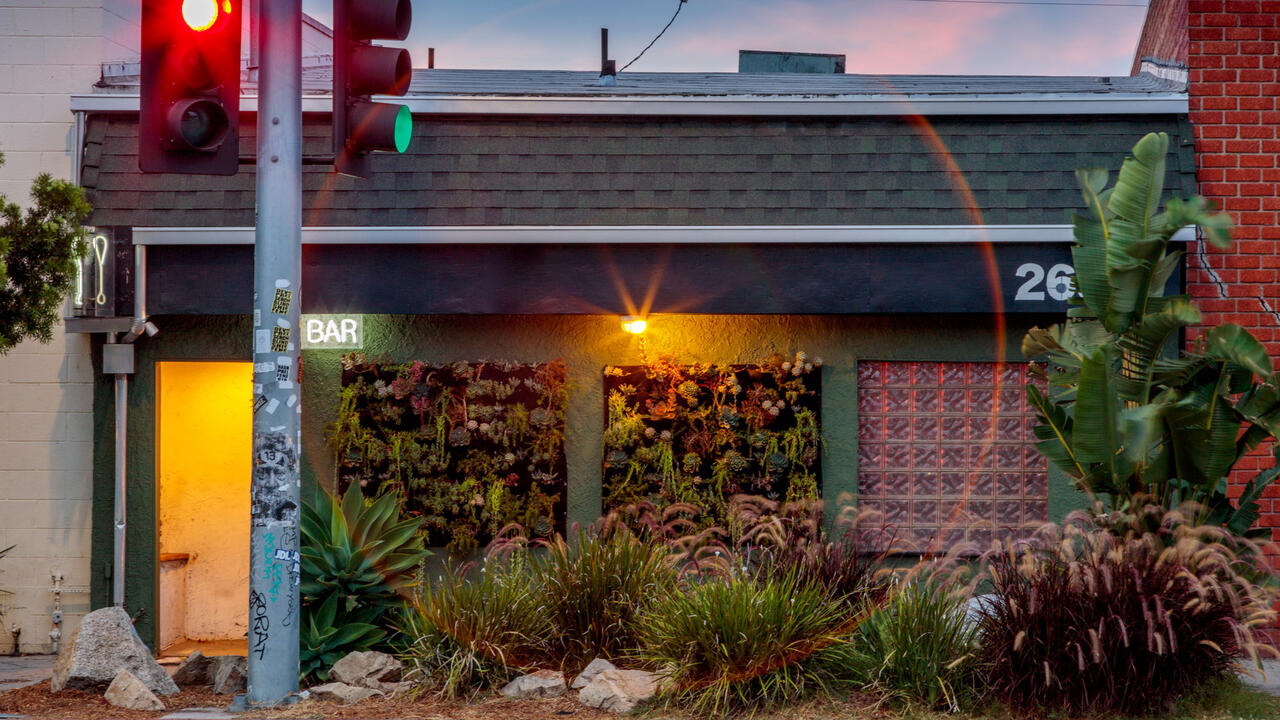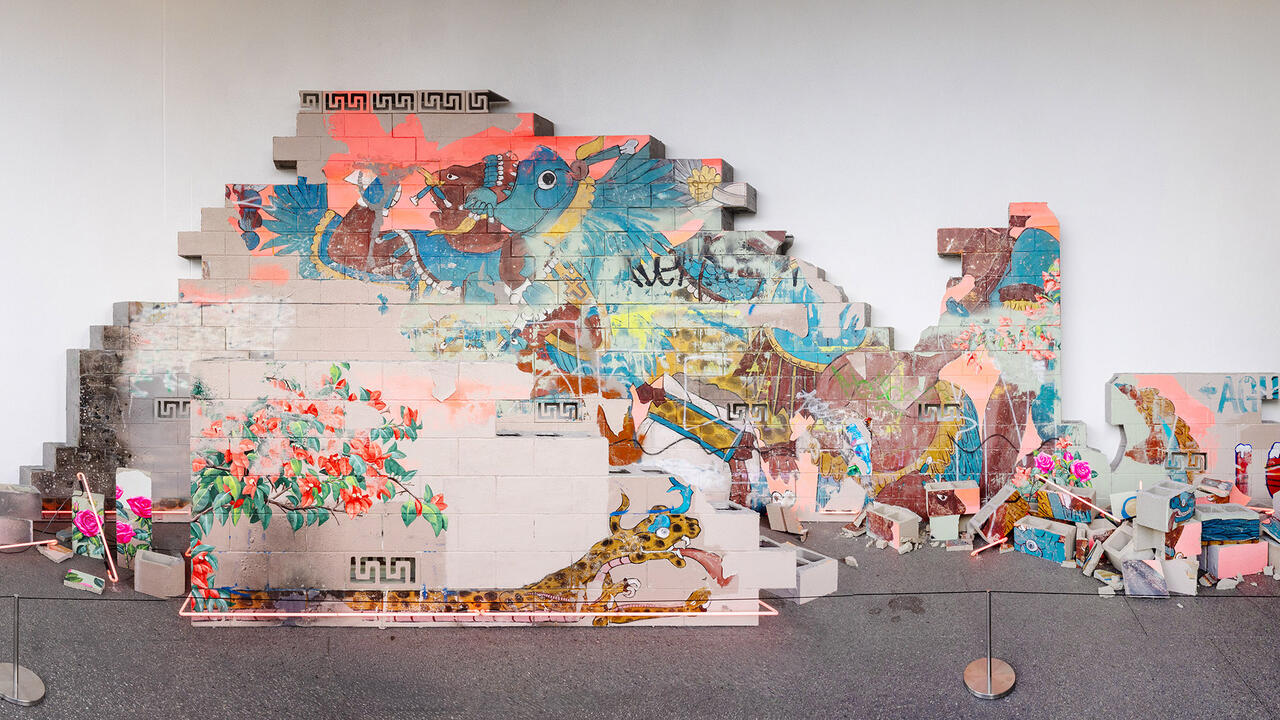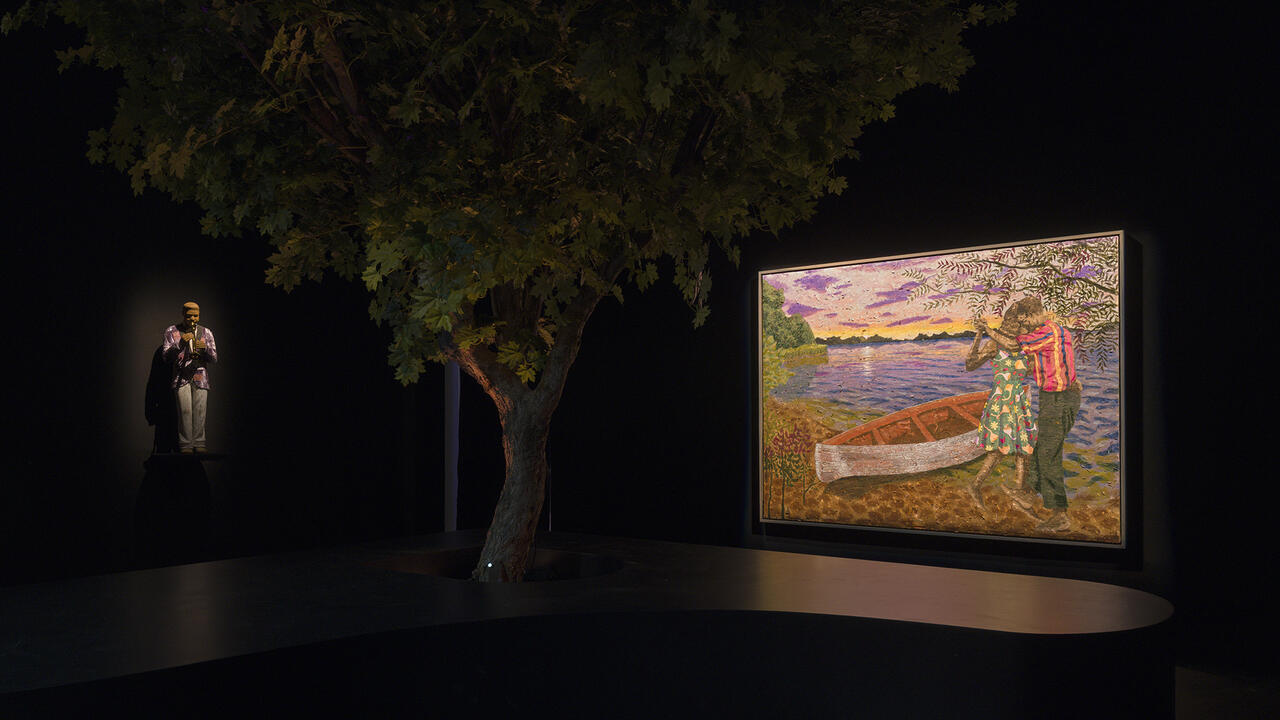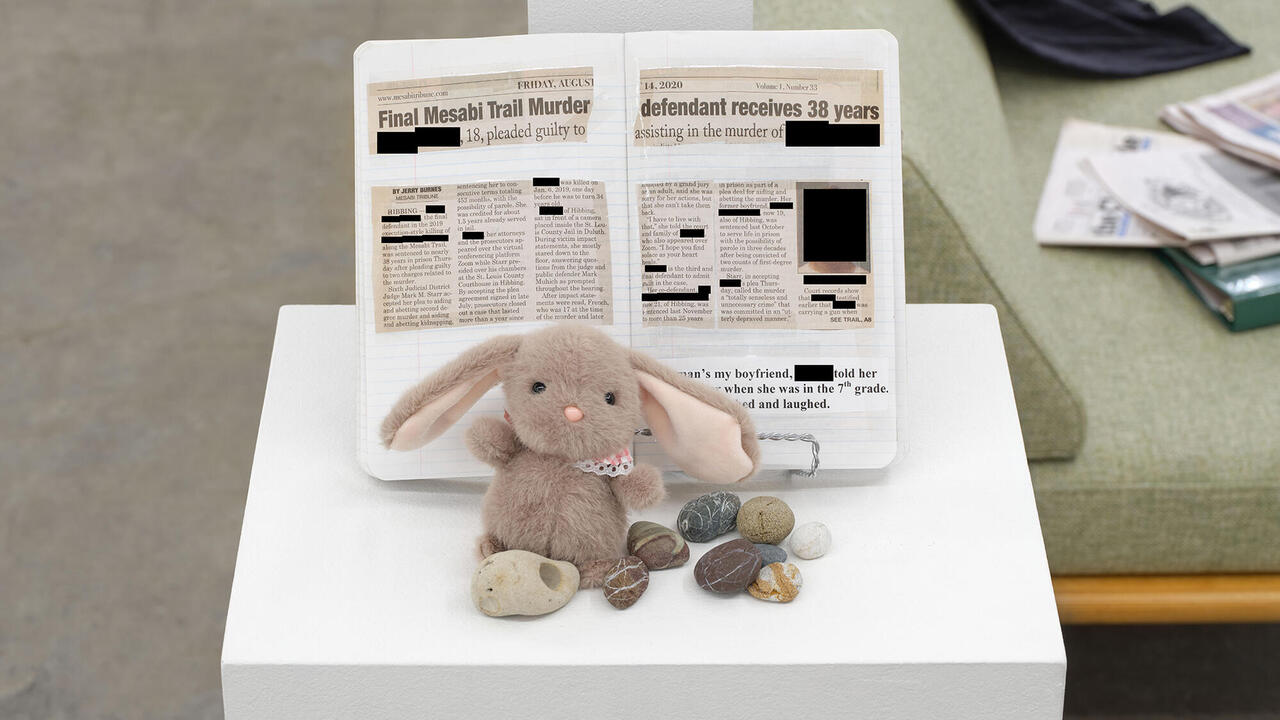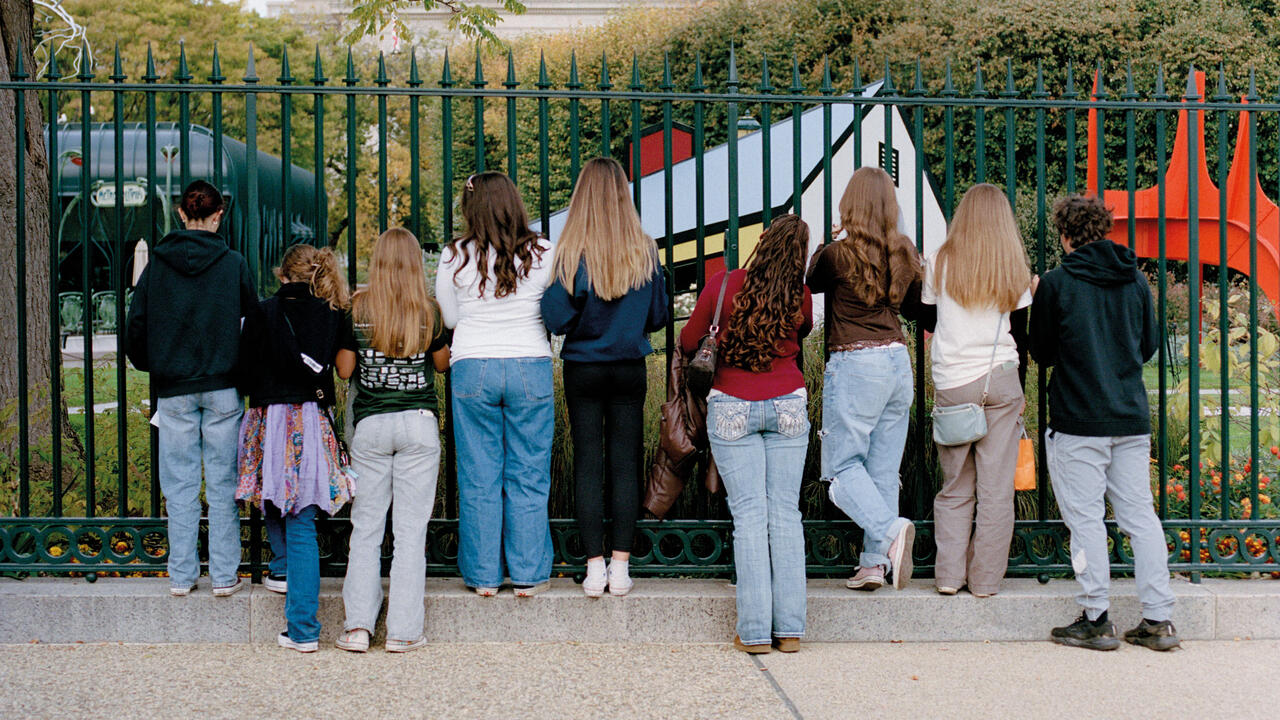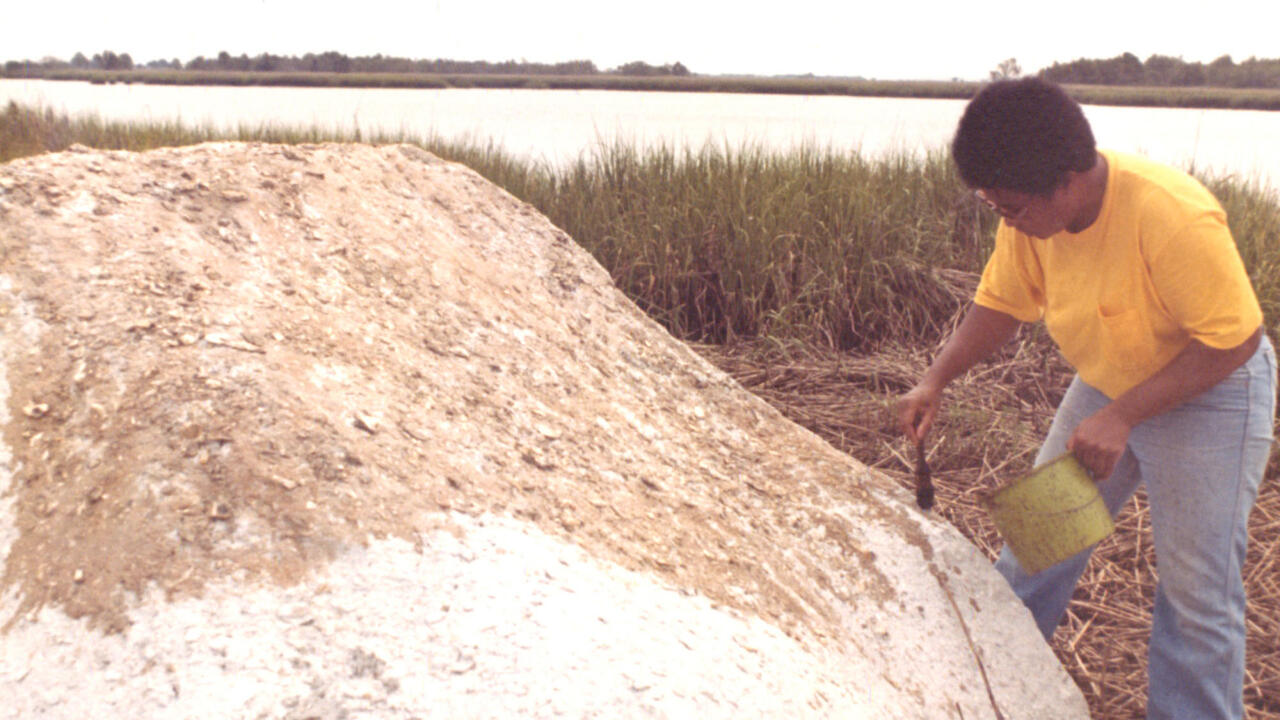Bad and Good Times in LA
A year of protest and performance in Los Angeles
A year of protest and performance in Los Angeles

One of my favourite places in Los Angeles, the non-profit gallery and exhibitions space 356 Mission Road, came under attack by a coalition of artist-activist groups that called for a boycott and demanded the staff hand over their keys to the building. In the wake of last November’s election, the criticism of 356 Mission was badly timed: the venue offers impeccable programming, sorely needed as consolation and for gathering strength. But the last shred of a communal vibe in LA, the hospitality provided by the people at 356 Mission with great care, was damaged by the divisive tactics of their misguided crusade. In the words of French writer Guillaume Dustan, who I’ve been reading all year, it seems that the protestors are dedicated to ‘perpetuating an anti-pragmatic world, feudal in practice, while courting people’s worst anti-intellectual and anti-individualistic temptations.’ Laura Owens, who co-founded 356 Mission Road – ended a recent statement defending the space with a link listing all of the gallery’s contributors and participants during the last five years. Reading it, I recalled many of the vibrant moments fostered there. It was a reminder of what we cannot afford to lose, and what is at stake.
Read Jonathan Griffin on the Boyle Heights gentrification debate in his Dispatches from LA here.

Meanwhile at the Mount Wilson Observatory, only an hour outside of LA, a new chapter to in the city’s rich, esoteric tradition of haunted places and alternative cosmologies unfolded with Christina Ondrus’s KNOWLEDGES festival, a mix of site-specific installations by artists like Alice Könitz, Scott Benzel, Erik Frydenborg and Margaret Wertheim and performances by several well-loved musicians, including New Age music pioneer Constance Demby. The band White Magic played a spellbinding set inside 154 cm telescope, which allowed concert-goers to take turns gazing at Jupiter and its many moons in the dark while listening to lead singer Mira Billote’s dreamy incantations. For more sonic dreamscapes, I am also happy to report that Jimi Hey has finally found the perfect venue to share his far-reaching taste in emotive dance music in Zebulon, (sometimes in tandem with DJ Isabella or Josh da Costa). Hey’s night is aptly named ‘Love Saves LA’.

I was intrigued by Erlea Maneros Zabala’s untitled exhibition at Redling Fine Arts this autumn. A few sculptures, consisting mostly of empty frames were placed around a flat screen TV, which looped a video showing the artist performing a catalogue of precise gestures in her Joshua Tree studio – cutting, filing and sanding wood – while a radio subjected her to mind-numbing right-wing rhetoric. Divested of images, the perfectly-constructed frames felt like a much-needed pause from the noise, and an elegant response to the present moment, when meaning often seems emptied out. Similarly, Zabala’s rubber sculptures stood ominously as a fragile memorial to how discourse itself has disintegrated.

I found William E. Jones’s elegiac meditation on the demise of the Greek gallerist and collector Alexander Iolas at David Kordansky last summer very moving. The artist’s photographs and accompanying film, Fall Into Ruins (2017), don’t simply document Iolas’s decadent marriage of antiquity, modernism and homosexuality but describe how a chance encounter in 1982 that opened a world of possibilities for Jones, then a young artist from Ohio, that took him more than 30 years to fully understand.
Read Travis Diehl's review of William E. Jones’s show at David Kordansky here.
The unexpected return of Los Super Elegantes (Milena Muzquiz and Martiniano López Crozet) at Gavlak as part of ‘Pacific Standard Time: LA/LA’ was a timely reminder of a more innocent time, when the mash-up of Spanish and Echo Park culture was gamely pursued for pure pleasure. LSE make everything seems easy, and the way they seamlessly oscillate between gracious nonchalance and lurid choreography is invigorating.

Asher Hartman’s new play, Sorry, Atlantis: Eden’s Achin’ Organ Seeks Revenge, which premiered at Machine Project in September, channelled and presaged the deluge of sexual misconduct accusations that have emerged in the last several months. It was a claustrophobic affair, with a tilted wood jetty of a stage covering most of the gallery, leaving room for just two rows of spectators. The play explored ‘American masculinity’ with compassion, but also conjured my father, my childhood and Hollywood’s role in exporting these myths as far as Morocco, where I’m from. During the performance, I was reminded of posters of Marlon Brando in The Wild One (1953) and Bogart with his dangling cigarette that were glued onto wood and hung on our walls. Still, through the laughter and Whack-A-Mole madness, there was an incredible sadness to the play as Hartman evoked the shadow of AIDS, and our miserable fallen men.

I listened to Holy Shit’s Solid Rain – released by Semiotext(e), where I serve as co-editor – a lot this year. When the test pressing arrived, I was riveted by all the subtleties, newly revealed by the mastering, that had been lost in the compression of the MP3. New gems were revealed like ‘Take Me by Surprise’ and ‘Low Wattage Lonesome’. And Superpitcher’s song ‘Hey Little Raver’ – a deceptively simple, child-like tribute to dance culture that recalls Serge Gainsbourg and Jane Birkin’s Ex Fan des sixties (1978) – accompanied me all year long.
Read Josie Thaddeus-Johns’s review of Holy Shit's Solid Rain here.

If Superpitcher’s song enveloped the listener in a gauzy and melancholic recollection of a distant past, Burial’s gritty and savage take on Goldie’s ’90s classic ‘Inner City Life’ (1995), Pre-Dawn / Indoors EP, evoked Luc Ferrari’s electro-acoustic field recordings from the 1970s. Burial condensed and edited the soundscape of a rainy night in South London and the loneliness that precedes and follows it through the brutal, syncopated sound of drum and bass that simultaneously alienates and energizes the listener. Diane Charlemagne’s beautiful vocals from the original version are ghosted, distorted and buried deep in the mix. It has all the signature touches of Burial that Mark Fisher (who sadly died this year) identified in his book Ghost of My Life (2014): the crackles, sirens and sounds of breaking glass. There’s even a sample from Dino Crisis, a late ’90s PlayStation game. Fisher writes: ‘[S]natches of plaintive vocals … like fragments of abandoned love letters … Burial’s sound is a work of mourning rather than melancholia, because he still longs for the lost object, still refuses to abandon the hope that it will return.’ The track ends with a blast of pure melodic bliss that manages to distil, in a single minute, all the contradictions of a night out: a quick terrifying moment when the drugs kick in. ‘It’s a bad time, it’s a good time’, one sample repeats.
Read Dan Fox’s tribute to Mark Fisher (1968–2017) here.
Main image: Scott Benzel, Mathesis and Mathematikoi, 2017, movement/performance/sound piece for string quartet, anvil, dancers, and telescope operator, 100-inch Hooker Telescope Dome, Mount Wilson Observatory. Courtesy: KNOWLEDGES festival, 2017; photograph: Eden Batki








